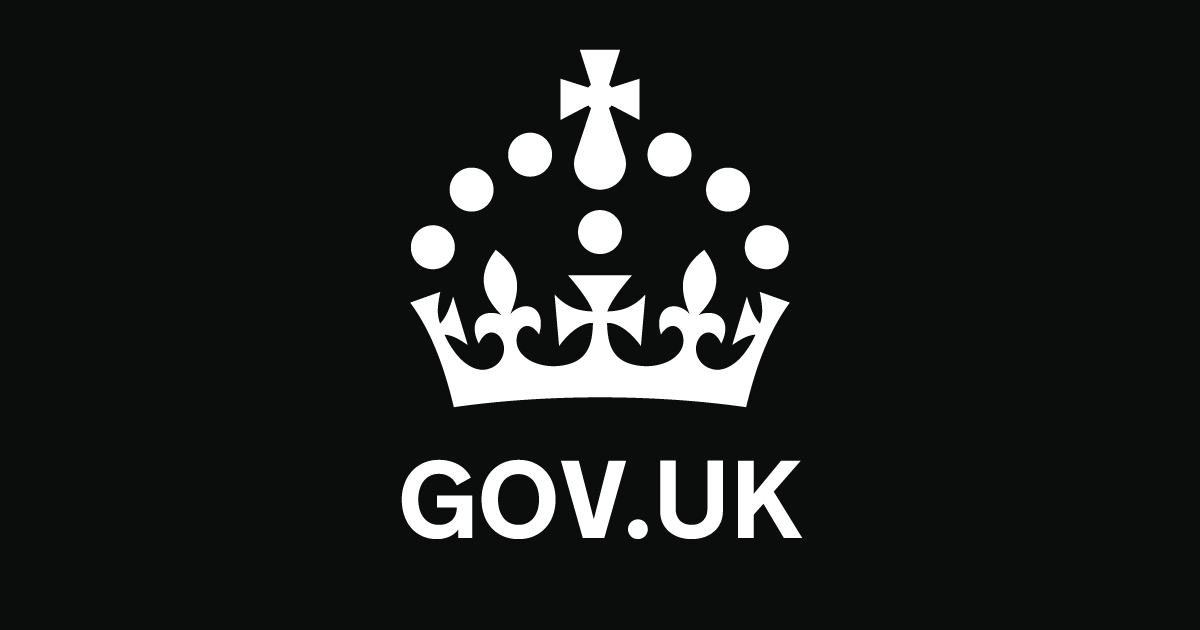The essential specs to look at are storage space, camera quality, battery life, and screen size.
Ask yourself about how you actually use your phone: Do you take lots of photos? Store loads of apps and videos? Need a screen big enough for comfortable reading? Here’s how to understand the jargon before you buy.
Cameras
All smartphones have rear cameras and frontfacing cameras, although they will differ in quality and features. On iPhones, every model in the latest range now offers a 48megapixel wide main camera, which is the one you’ll use the most. You can zoom in to the centre of this large sensor for a 2x zoom, too.
It’s also beneficial to have an ultrawide lens – this enables you to fit more into the frame, such as an expansive landscape, a big group photo or a dramatic architectural shot. Support for “macro” photography means you can get closeup shots of flowers and details. Lastly, a much longer telephoto zoom (5x on iPhone 16 Pro models) is great for photos and videos of things that are further away, and it is a great perspective for portraiture.
Newer iPhones support extra focal lengths, stabilised video in “Action Mode”, blurry backgrounds for videos in “Cinematic Mode” and for photos in “Portrait Mode”, and customisable “Photographic Styles” where you can tweak colours and tones to your liking. You can also take super smooth slowmotion clips and control the audio mix after shooting, depending on the model you pick.
Storage space
Every iPhone available in the current range comes with either 128GB, 256GB or 512GB of storage. However, it’s worth noting that the iPhone 16 Pro Max starts at 256GB and that on the Pro models, you can go up to a huge 1TB of space.
What does this mean? You’ll find that even 128GB is more than enough space to store a good amount of photos, music, files and videos that are downloaded to the device rather than streamed or kept in the cloud.
256GB is a sweet spot if you know you’re going to want to download loads of films and highresolution music. You’d only need those maximum storage sizes for large apps like graphicsintensive games or if you’re taking a lot of large videos and editing highquality photos.
Processor and AI
The processor, or chip, inside each iPhone is best described as the brain that powers everything. Apple designs its own chips so you won’t see certain brand names that you might with Android phones. The current chip is the A18, and the A18 Pro is featured in the 16 Pro and 16 Pro Max models.
For all everyday tasks – including multitasking, app launching, photo editing and web browsing – every iPhone is speedy and efficient. They’re also all optimised for artificial intelligence (AI) tasks, such as Apple Intelligence features that are only available on the iPhone 16 models.
Battery life and charging
Something else that the Appledesigned chips optimise for is battery life and efficiency. The actual battery life that you get from your phone depends on several factors, including your usage, whether you have background processes (like checking your email) running, and your display’s brightness and refresh rate.
Generally, performance is improved through a more efficient chip and a larger battery size. We would always suggest holding onto one of the best power banks if you’re concerned about running out of juice, though. All the latest iPhones charge via a USBC port or wireless charging, with the 15, 16 and 16 Pro models supporting “MagSafe” magnets for the attachment of accessories and reliable “inductive” charging.
Size and weight
Unfortunately, Apple doesn’t make a “mini” iPhone anymore. In recent years, trends have shown a shift toward larger devices and manufacturers across the smartphone industry now focus on bigger models. Apple is no exception, and it discontinued its smallest model, the iPhone 13 mini, due to lower demand. Many of us do prefer larger screens for a more expansive viewing experience and longer battery life, but they’re not always the easiest to hold.
We’d say the smaller 6.1inch iPhones are not too tricky to handle and use, and they weigh around 170g. The iPhone 16 Pro is a little bit heavier, at 199g, but it’s still practical, and it’s the same weight as the iPhone 16 Plus. The biggest one is the 16 Pro Max, and it’s the heaviest and most cumbersome to use at 227g. It will suit some, but we find it easier to use with two hands.







